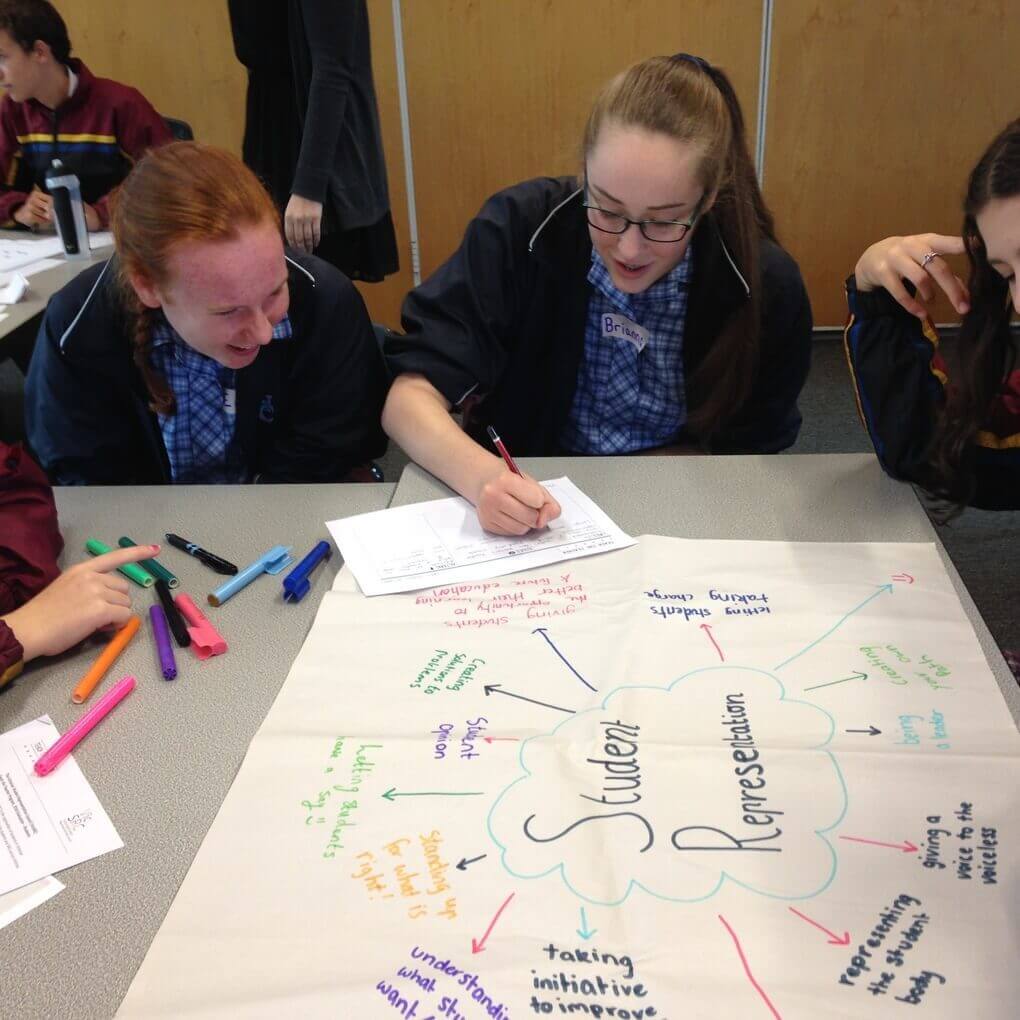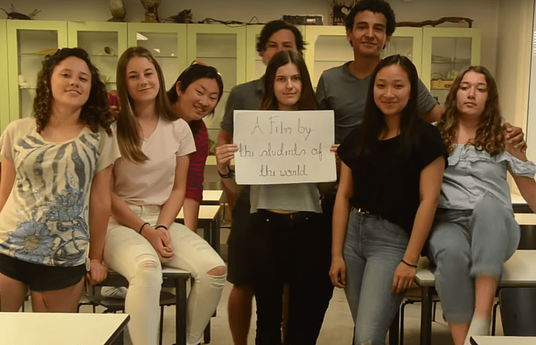With the advent of the internet, young people have been able to educate themselves on today’s issues, creating a team of activated youth who want to create change and deeply care about the world’s leading problems. So how could it be that today, with so many engaged young people, that we have rising levels of disengagement in school? Surely, with a generation as passionate and activated as generation X, it should be easy to get them invested in their education and engaged in their learning.
The simple fact is that young people’s voices just aren’t being heard. That’s not to say that educators haven’t been trying, but there’s a difference between asking for feedback and truly listening. Incorporating the student voice into education in a way that is truly meaningful is an entirely different story, and that is where many in education can fall down. Feedback sheets and informal conversations don’t always necessarily lead to real change happening within the school, leaving students with the feeling that there’s no point in them being engaged because no one is really listening to them anyway or wanting to hear their thoughts. This is at a mismatch with today’s teens who are more engaged, connected and educated than ever before, and who want to use their voice for good.
“Being the primary stakeholders in education, students should be able to voice their opinions and have them acted upon,” says Julia Jeong, Executive Committee Student at the Victoria Student Representative Council, “ultimately, students are the ones impacted the most by decisions and actions at school and within the education system. Having their voice heard allows for them to actively change their school environment and engage with their education in a more meaningful way.”
Teach the Teacher, developed by the VicSRC, is an Australian-born innovation which makes student feedback a meaningful and transformative experience. Written by students, Teach the Teacher is a student-led professional learning program for teachers that enables students to address issues affecting them. By giving students a greater say in their education, the program aims to create an inclusive culture where everyone’s voices are equally heard. The approach is flexible enough to be changed to fit each school’s individual needs, but at its core Teach the Teacher involves students teaching their teachers in areas of their profession regarding classroom dynamics and teacher-student relationships, through active teamwork and collaboration as well as creating open and constructive conversations.
Getting students’ feedback on their educational experience isn’t a new phenomenon, but just like most things, it’s the simple, everyday things we’ve already been doing that only need a small tweak to have big effects in education. “Previously student feedback has been collected via surveys and rarely through face to face consultations, and whilst this is not an ineffective method, a computer screen removes the aspects of sensitivity and authentic understanding which can only be witnessed in human interaction,” explains Nina Laitala, VicSRC Executive Officer. “This may lead to students not completing surveys honestly and also not taking them seriously, but also teachers being misguided through the data they collect. It also does not provide opportunities for students and teachers to discuss the data and create solutions collaboratively.”
The face-to-face approach employed by Teach the Teacher means that understanding is built between the teacher and the student at the ground level, removing any danger of misunderstanding taking place, and resulting in more meaningful solutions being created and thus establishing a stronger relationship between the teacher and student. By seeing how change can happen at this micro-level, encourages the idea that change can happen on a wider scale throughout the school, so that quickly the whole school system is able to “embrace feedback, adopt a growth mindset and address differences and issues with gentleness in the future.”
So far, students have reacted positively to this empowering approach. “It's exciting for students to be able to work professionally alongside teachers and help them shape their classrooms and see the outcomes of their conversation in practice,” says Aaran Paalendra, VicSRC Executive Committee student.
For a long time, the voices of young people haven’t been taken seriously and in education, their feedback has been sorely undervalued. Thankfully this is starting to change, as the world is changing so fast that each generation finds that they have had entirely different experiences to each other. It’s important, therefore, that we listen to those who are experiencing this unique chapter of history and understand what’s going on in their lives and how we can use education most effectively to benefit them.
Learning ‘real-world’ skills and having training and work experience opportunities to help them prepare for an ever-changing world, are two of the most frequently repeated concerns from students who have taken part in Teach the Teacher. Students have also sought to be a part of the decision-making process in teaching and learning, more opportunities for student-teacher collaboration and increased student participation within all education governance structures.

This isn’t too dissimilar from our own findings at HundrED, where our global student survey in our research report ‘Every Child To Flourish’ found that the number one concern for students was being prepared for their future careers. Also included in the top five concerns for students was the desire to learn life skills and for education to be more personalized. Through listening to students concerns, we can understand the challenges they’re facing in today’s world, help them to feel more engaged in their learning and can better prepare them for their futures.
Due to its success in Australia, and mounting interest registered in the program internationally, an online course of Teach the Teacher is being developed so that the program can be offered no matter where you’re based. Available by the end of 2019, anyone, anywhere in the world will be able to create a similarly trust-based, student-empowering educational experience for the young people in their school.
Listening to students and integrating their feedback into the education system isn’t a new idea, however, Teach the Teacher’s approach presents a way of making sure that their feedback is truly heard and implemented. It is vital that we listen to young people’s concerns and find ways to help them to feel prepared and confident to face a future that is uncertain and shifting all the time. And it is only through listening and implementing changes based on their feedback that we can make the educational experience, the relationship with their teacher and the conversations they have truly meaningful.
To learn more about Teach the Teacher, check out their innovation page.

